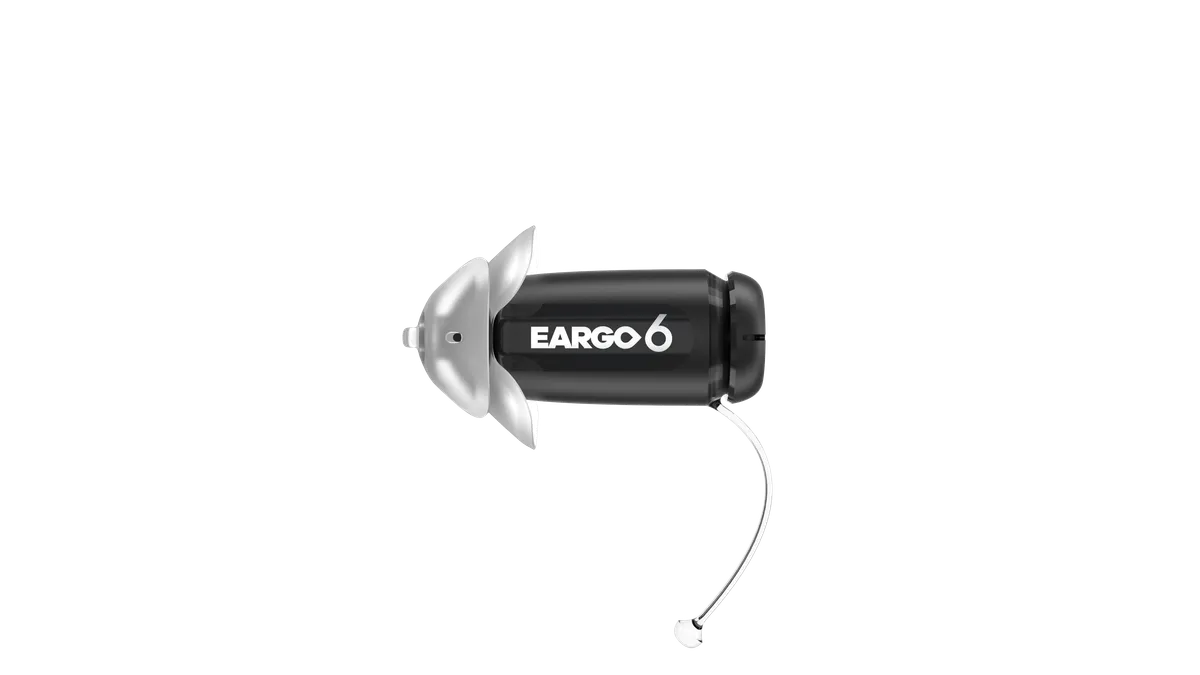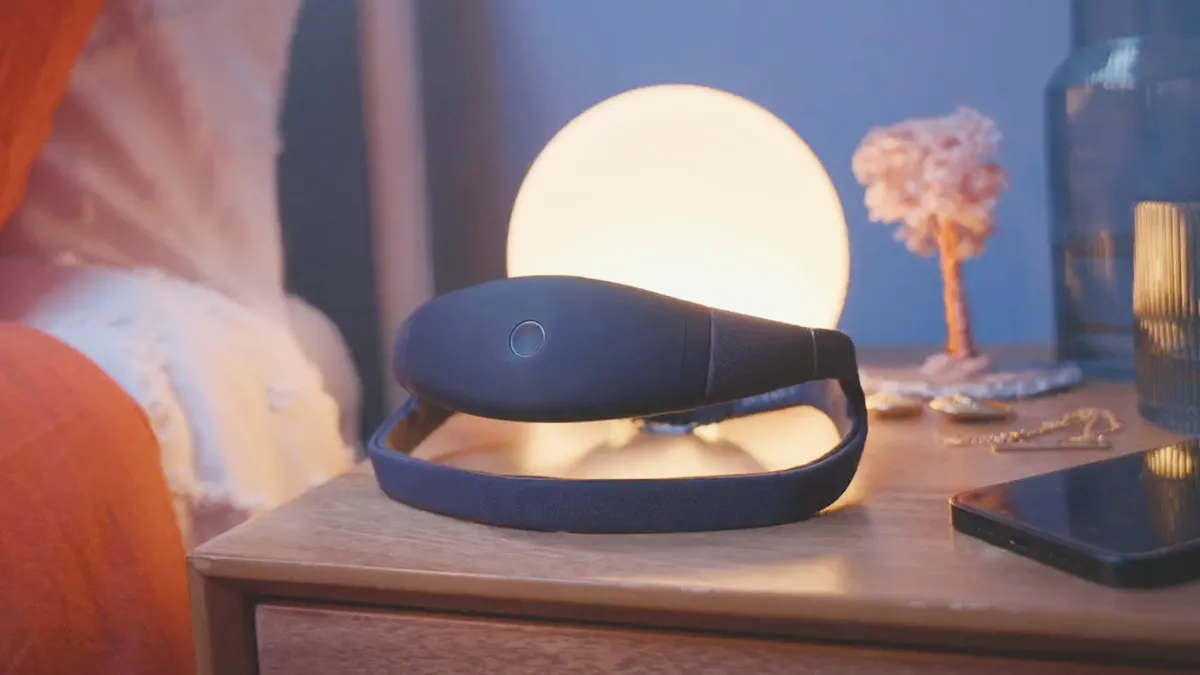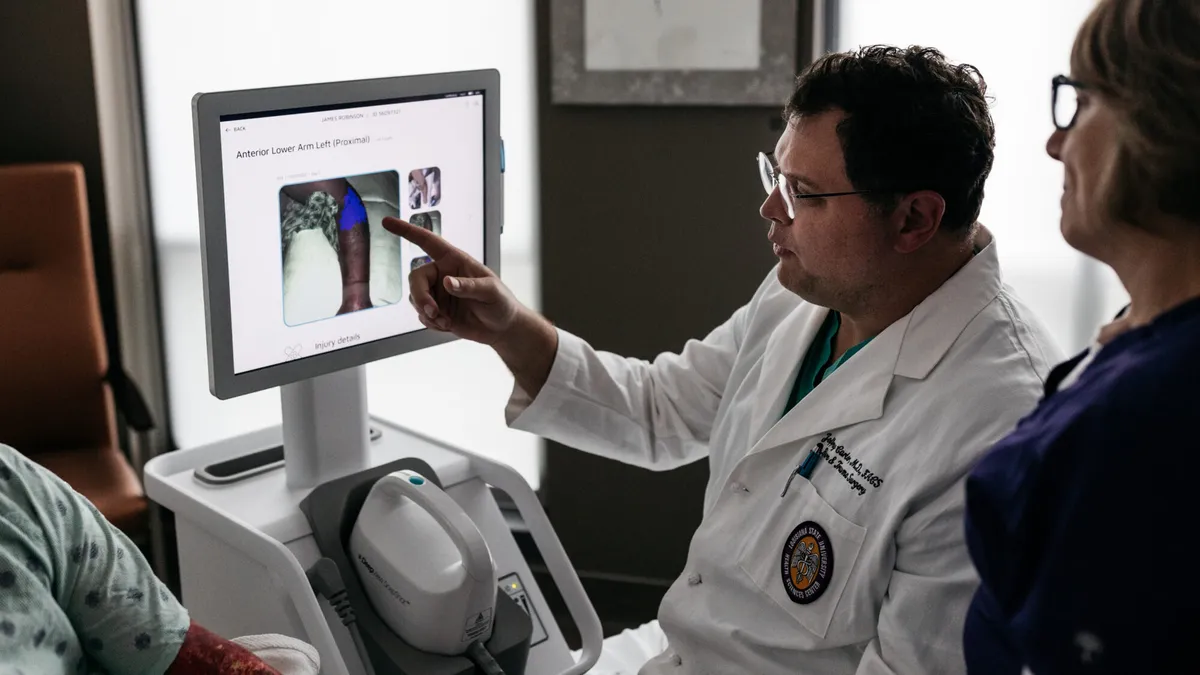The latest batch of breakthrough device designations from FDA support an array of medtech innovations, from a novel treatment for sleep apnea to a tissue regeneration technology designed to aid spinal cord injury patients. Several technologies designated within the past month are diagnostics, with two targeting breast cancer and one designed to improve the diagnosis of a deadly gastrointestinal condition in premature infants.
FDA's Breakthrough Devices Program aims to speed development and review of technology that could offer a better treatment for life-threatening or debilitating disease.
4D Path last week said it received a breakthrough designation for a computer-aided diagnostic platform that uses digitized histopathology images to better determine breast cancer characteristics such as invasiveness and grades. The software-as-a-medical-device platform is designed to make clinical grade predictions from breast biopsy and resection images to improve diagnostic accuracy.
According to the Newton, Massachusetts-based company, the device reduces the error rate on biopsies obtained before surgery from 20% to less than 5%. The technology incorporates statistical physics and tumor biology to identify digital cancer biomarkers, aiding in treatment selection.
On the same day that 4D Path announced its breakthrough device designation, Lumicell, a fellow Newton medtech, said it received FDA's drug center's fast-track designation for its LUM imaging system to detect and remove cancerous tissue in the treatment of breast cancer. Lumicell said it received the special status with rolling review by FDA, augmenting its previously granted breakthrough device designation for breast cancer and all solid tumors.
The system allows surgeons to see and remove residual cancer in real-time, focusing on the cells left behind in the surgical cavity rather than on the lumpectomy specimen, with the aim to reduce the risk of second surgeries and cancer recurrence. Lumicell said it is continuing enrollment in its breast cancer pivotal trial and, with rolling review, will be able to submit modules for a New Drug Application with FDA as they are ready.
Also in mid-November, Louisiana State University announced that a technology to diagnose necrotizing enterocolitis, an often fatal condition in premature infants, gained a breakthrough device designation. Called NECDetect and invented by professor Sunyoung Kim, the noninvasive biomarker test is performed on stool samples. There is no clinical test that has been established as the gold standard to diagnose NEC. The new test identifies 93% true positives and 95% true negatives, according to LSU. Kim has started a spinout company to further develop and commercialize the product.
Beyond diagnostics, Sommetrics in November said it received FDA breakthrough status for its aerSleep II device to treat sleep apnea. The device applies negative pressure on the external surface of the neck to hold the airway open during sleep. The portable unit stays in place without a retaining strap, which the Vista, California-based company said was shown in previous clinical studies to be preferred by patients over CPAP and oral device treatments.
In the field of regenerative medicine, Ottawa, Canada-based Spiderwort said it gained breakthrough device designation for its biomaterial that uses a plant-based cellulose scaffolding to support regeneration of healthy tissue in the treatment of spinal cord injuries. Channels in the biomaterial guide regenerating neurons through damaged regions of the injured spinal cord. The company recently closed on a $2.5 million seed round of financing and is preparing for a Series A financing round as it moves closer to clinical testing.
A neurostimulation system for chronic migraine also snagged a breakthrough device designation in November. Salvia BioElectronics, a Dutch startup, said its implantable system uses bioelectronic foils that adapt to the anatomy of the head.
In late October, Germany's Syntellix said FDA granted breakthrough device designation for its Magnezix bioabsorbable orthopaedic implant material.


















